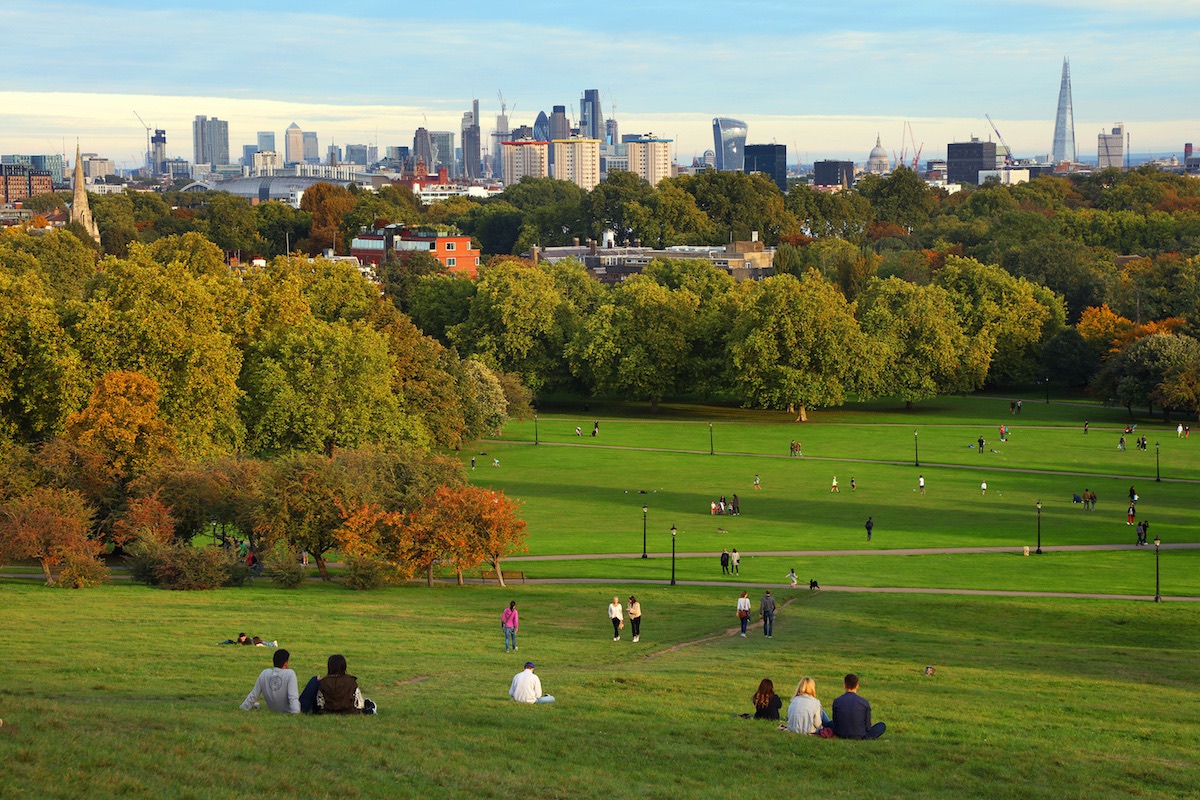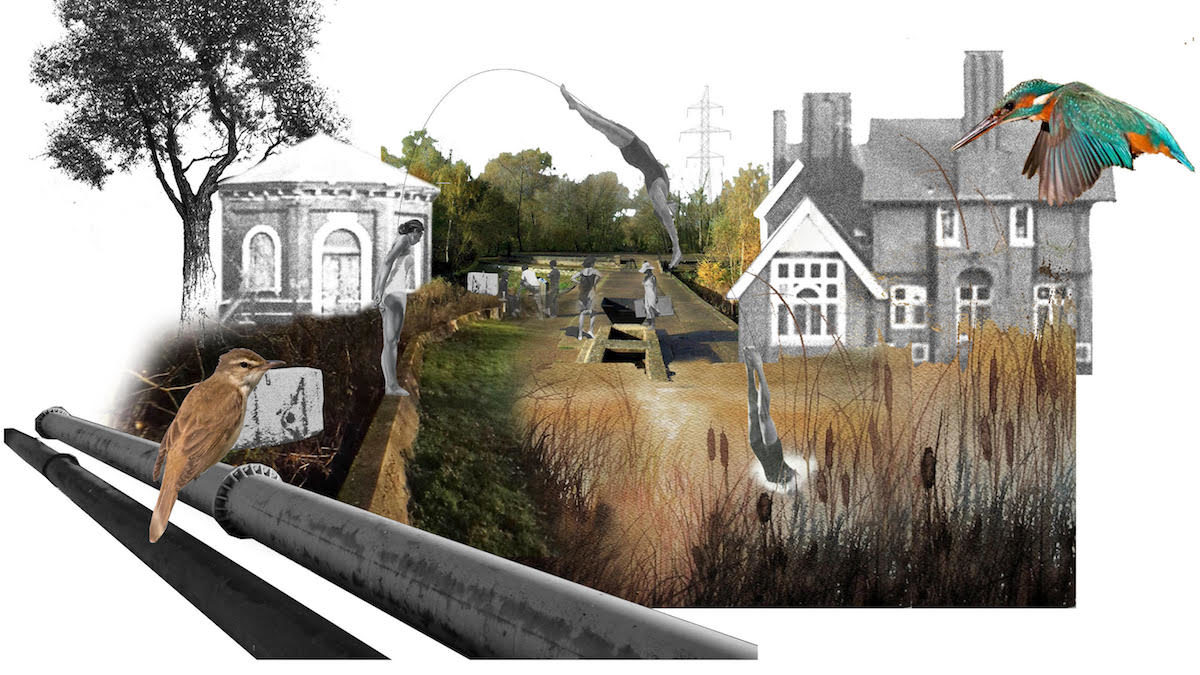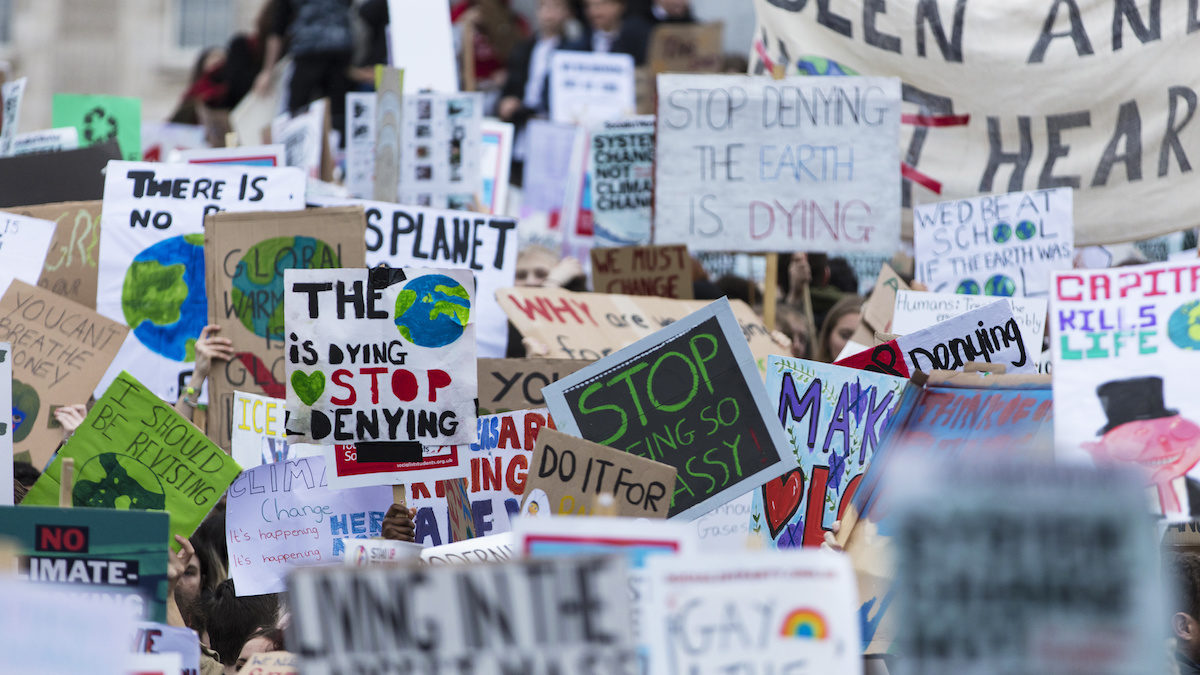Why We Need To Talk About The Green Space Gap

While you’re probably familiar with the gender pay gap or the education gap, you might not have heard about the increasingly urgent green space gap. That is the disparity between those who can access natural environments and those who can’t. Greenery isn’t just a ‘nice to have’. If a year of lockdown has shown us anything, it’s the vital role that nature plays in both our mental and physical wellbeing.
With terms like ‘forest bathing’ and ‘green prescriptions’ becoming more popular, it’s all the more shocking to think that 1 in 5 people in England struggle to access quality green space. According to new research by environmental campaigning organisation Friends of the Earth, 42 percent of England’s Black, Asian and Minority Ethnic (BAME) communities live in the most green-space deprived neighbourhoods. That means if you’re not white, you’re more than twice as likely as a white person to live in areas without green space.
And race isn’t the only factor. A survey of more than 2,000 adults commissioned by the Ramblers found that household income was also a significant marker. Fewer than half of those surveyed with a household income of under £15,000 lived close to green space. By contrast, 63 percent of those with a household income of more than £35,000 could find green space within five minutes walk of their home.
At a time when structural racism has led to the disproportionate impact of Covid-19 on BAME communities, picture the good that would come from closing the green gap – once and for all.
Past Developments And A Brighter Future
“There is meant to be a standard where you’re meant to be able to walk to a green space within five minutes of your home,” explains Paul de Zylva, a nature campaigner at Friends of the Earth. He’s referring to the Access to Natural Greenspace Standards from conservation body Natural England. “But it’s voluntary. They’re meant to be revising it, but I think it’s a valid question to ask how many local authorities actually do abide by it.
“Of course, you have to bear in mind the downward pressure from central government on local authorities to consent to new housing and other developments that come with housing. So development pressures are putting a squeeze on the existing green spaces. Our concern about the way in which the government’s planning system works is that when push comes to shove, the development will usually win out. So there are lots of communities just trying to defend what they’ve got left, let alone get more.”

Kirsty Badenoch for East London Waterworks Park
One local community campaigning for more open green space in their area can be found in East London. The East London Waterworks Park is a grassroots campaign that wants to acquire and then transform a 5.68-hectare concrete depot into a ’brownfield rainforest’ offering people the opportunity to immerse themselves in nature.
Activities will include wild swimming in Victorian filter beds and conservation volunteering with the aim to improve biodiversity and people’s understanding of how to live alongside nature, and all while improving their physical and mental health in the process.
“We believe passionately that everyone should have access to wild spaces, places to reconnect with nature and all the benefits that brings,” says The East London Waterworks Park spokesperson Abigail Woodman. “We have a bold vision of an environment-first community-led approach to land management that we hope will transform the way we think about our green spaces in this country.”
A Surge In Activism
This grassroots approach to improving your local environment isn’t new, but the pandemic has seen a spike in community activism and mutual aid groups. Research commissioned by Together, a coalition of organisations and community groups, found that a jaw-dropping 12.4 million adults in the UK have volunteered during the pandemic, with more than a third offering their assistance for the first time.
So for the millions who can only access green space the size of a garden shed, what can they do?
“Look at what the data says,” advises de Zylva. To that end, Friends of the Earth has created an online tool where you can discover your neighbourhood’s green space rating. Then, armed with information, you can join up with like-minded locals and approach your local councillors or your MP to ask what they’re doing to put in place quality green infrastructure.
And if you’re wondering what difference one person can make, then just remember: mighty oaks from little acorns grow.



















